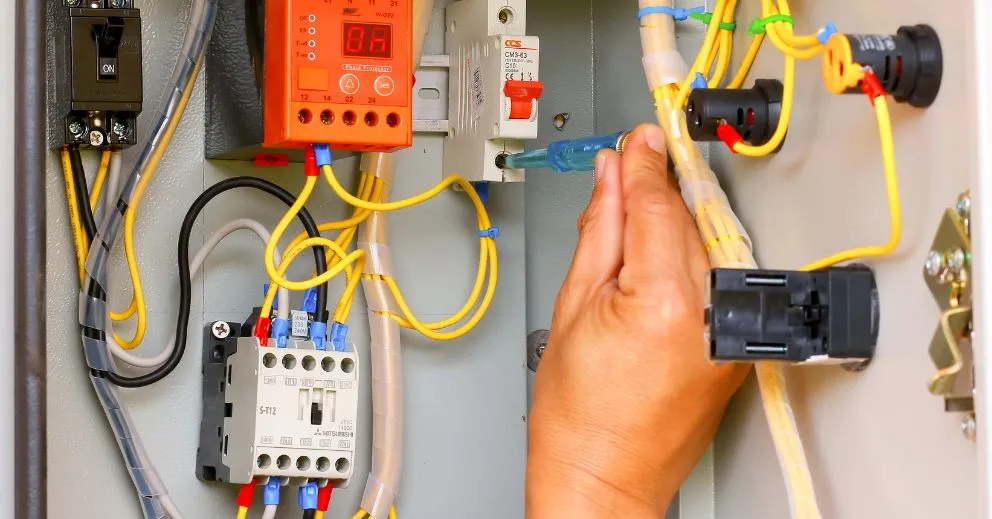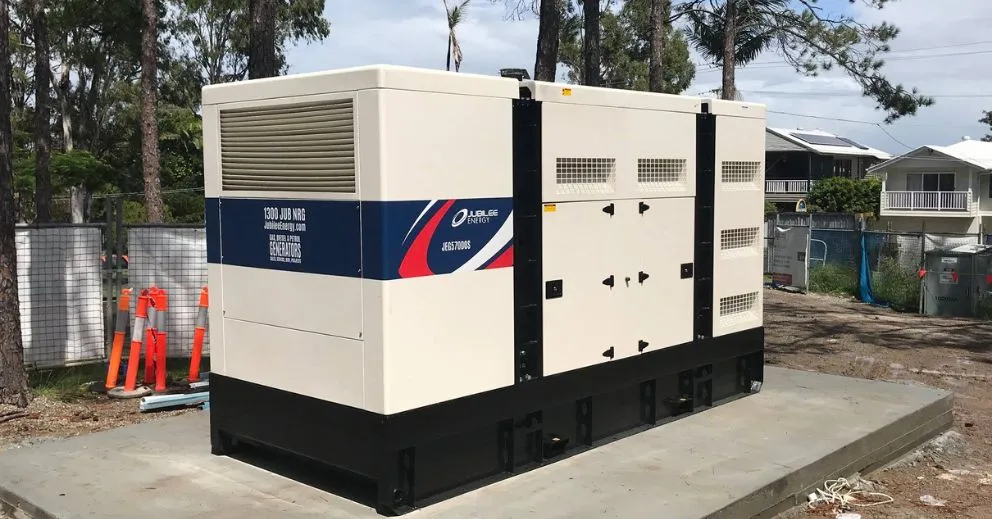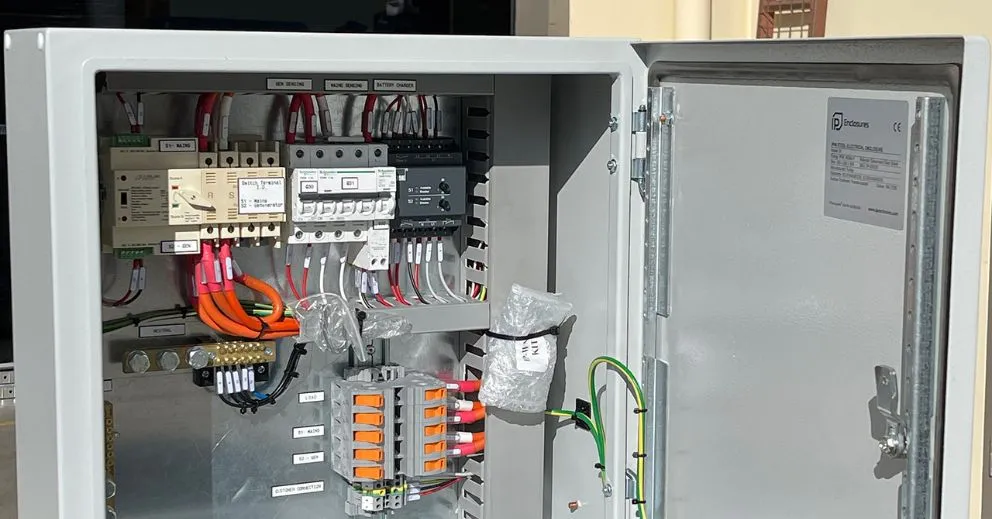Automatic Transfer Switches (ATS) are essential for ensuring seamless power during outages by switching between the main power supply and a backup generator.
While generally reliable, they can occasionally run into issues that affect performance. Understanding common ATS problems—and how to fix them—can save you stress, downtime, and money.
Why Automatic Transfer Switch Maintenance Matters
An ATS plays a crucial role in backup power systems, especially in businesses, hospitals, or remote work sites where uninterrupted power is vital. Regular checks and maintenance help prevent faults before they cause serious disruption.
Problem 1: Transfer Switch Won’t Start the Generator
One of the most common issues is the switch failing to start the generator when the main power goes out.
What to check:
- Ensure the generator battery is charged and connected
- Check wiring between the generator and the ATS
- Look for blown fuses or tripped circuit breakers
How to fix it:
Start by resetting any breakers. If the battery or wiring is the issue, it may need replacement or repair by a qualified technician.
Problem 2: Delay in Power Transfer
Some users notice a delay between the outage and the generator starting, leaving them in the dark longer than expected.
Causes may include:
- Misconfigured transfer delay settings
- A sluggish generator startup
- Low battery voltage
How to fix it:
Adjust delay settings according to your generator’s capabilities. Also, check the generator’s battery health and startup performance during routine tests.
Problem 3: Stuck in Transfer Mode
Sometimes the ATS may stay in generator mode even after utility power is restored.
Possible causes:
- Sensor issues detecting utility voltage
- Mechanical failure in the switch mechanism
- Faulty control board
How to fix it:
Reset the ATS and test voltage inputs. If the issue persists, a service technician may need to inspect the sensors or control system.
Problem 4: ATS Not Recognising Utility Power Restoration
Even when the main power comes back on, the ATS might fail to detect it.
What to check:
- Incorrect voltage sensing
- Damaged sensing wires
- Loose or corroded connections
How to fix it:
Verify voltage readings with a multimeter. Clean or tighten connections as needed. For sensor issues, contact a professional for replacement or recalibration.
Problem 5: Audible Buzzing or Overheating
If you hear strange buzzing or notice the ATS heating up, stop using it immediately.
Likely causes:
- Electrical arcing
- Worn-out contact points
- Overloaded circuits
How to fix it:
These are serious safety concerns. Disconnect the ATS and call a licensed electrician or technician to inspect and replace faulty components.
Prevention Tips for ATS Problems
To avoid most of these issues:
- Have your system serviced at least once a year
- Run regular generator tests under load
- Keep the ATS clean and free of debris
- Monitor battery health and replace it as needed
Preventive maintenance is always easier—and cheaper—than emergency repairs.
Need Help with Your ATS? Contact Jubilee Energy
If your automatic transfer switch isn’t doing its job, don’t wait for a full power failure to act. Contact Jubilee Energy today for expert troubleshooting, servicing, or replacements.
Our experienced team is here to keep your backup power running smoothly—so you’re never left in the dark.
More insights from us
Discover the latest in power generation technology.





